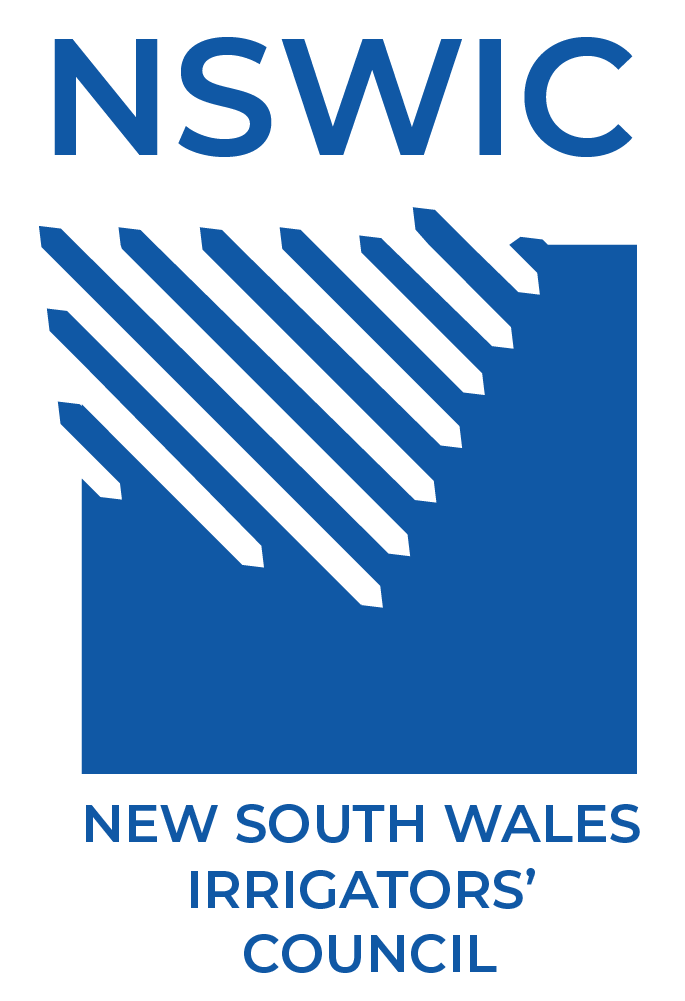Water Sharing Plans & Diversion Limits
Water Sharing Plans & Diversion Limits
Irrigation farmers support and respect sustainable levels of water use.
To ensure sustainability, there are limits in place for how much water can be extracted from a water source.
In NSW, Water Sharing Plans (WSPs) for every water source outline the Long-Term Annual Average Extraction Limit (LTAAEL) which is the limit on how much water can be extracted, and those in the Murray-Darling Basin also include a Sustainable Diversion Limit (SDL).
The vast majority of water (approx. three-quarters, varying by valley) is preserved under law from being extracted, and is for the fundamental health of a river or aquifer and the ecosystems that depend on it, such as wetlands and floodplains.
From the portion of water that can be extracted (the one-quarter of the total), 60% of water access licences within the extraction portion are for irrigation, and the remainder are for other uses such as town water supply and other industries.
The WSP is the instrument that outlines the rules for how water will be shared in that water source for the next 10 years. WSPs are subject to regular reviews by the Natural Resources Commission.
Regular reviews are conducted to ensure water extractions comply with the limits for that water source, including annual SDL Compliance reviews conducted by the MDBA. The most recent review found that, on-average, NSW valleys are 17% below their SDL.
NSWIC advocates to ensure water users have access up to the limits in their WSP, and that WSP rules ensure best possible access arrangements within this share of water.

